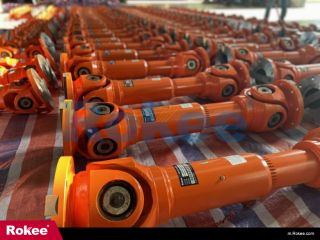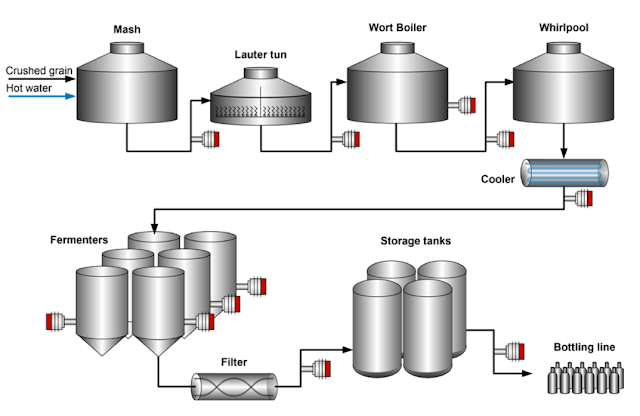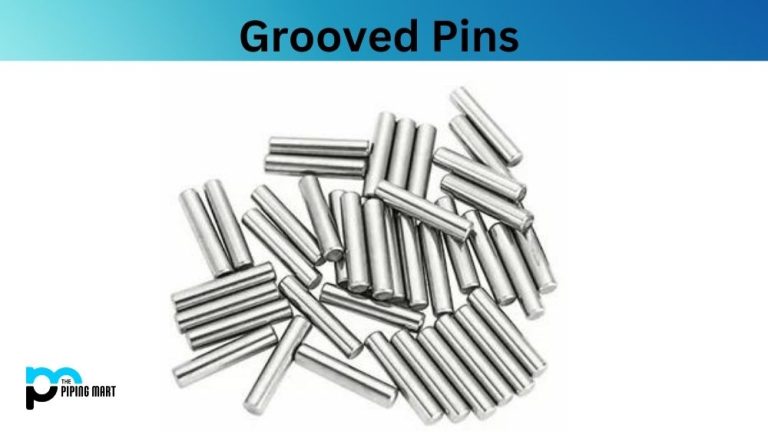
Safety must be the priority for riggers conducting lifting operations. Lifting is intrinsically dangerous, with many potential sources of risk. Improper use of lifting equipment, including rigging hardware, is one of the most common causes of industrial accidents.
A
survey of 838 OSHA violations showed that 37% of accidents were caused by swinging or unstable loads, and 27% were caused by dropped loads. Most dropped loads result from poor rigging practices.
This article explores ten rigging safety best practices that reduce risk and ensure that your lifts use lifting equipment and rigging hardware safely.
Only Qualified Workers Should Perform Overhead Lifts
This is perhaps the most crucial rigging safety best practice. Only professionals trained in overhead lifting and the correct use of rigging hardware should construct rigging assemblies used in overhead lifts. Complex lifts may require multiple trained professionals, including lift directors, riggers, spotters, tag line operators, crane operators, materials specialists, and safety specialists.
OSHA requires that qualified riggers construct rigging assemblies. A qualified rigger is defined as a person who:
- has a recognized rigging qualification, or
- extensive knowledge and training, and
- can demonstrate the ability to solve problems related to rigging loads.
A rigger who is qualified for one type of lift may not have the experience necessary for other types, particularly complex, unusually heavy, or eccentric loads. Employers are responsible for ensuring that riggers are properly qualified for each lift.
Determine the Load’s Weight Before Lifting
Overloading is one of the biggest causes of accidents, so it’s essential to determine the load’s weight. That may be straightforward or more challenging, depending on the type of load. Machinery and other equipment may have a weight displayed on them, or the weight may be mentioned in design plans or manufacturers’ catalogs.
However, if the weight is not readily available, it may have to be calculated. The weight of many standard parts and materials can be found in handbooks such as the
Manual of Steel Construction
or the
Aluminum Design Manual
.
Multiplying the weight of a standard component — a length of steel l‑beam or pipe of a particular thickness, for example — by the number of components in the load gives the weight.
When the load is not composed of standard parts, it may be necessary to calculate an approximate weight. Riggers often estimate weights by mentally breaking an object down into simpler shapes such as cylinders or spheres. THey can then use simple math and their knowledge of the weight of various materials to arrive at an estimate.
In addition to weight, it is also essential to know the load’s center of gravity, especially for irregularly shaped loads. The center of gravity determines how the load should be picked up, and therefore the design of rigging assemblies and location of rigging hardware such as slings, eye bolts, or lifting hooks.
If rigging assemblies are not designed to account for the center of gravity, the load may pivot, shift, or spin — in the worst cases, damaging rigging equipment and posing a risk to workers.
In all cases, weight and center of gravity estimation should only be carried out by qualified, experienced riggers.
Ensure All Rigging Hardware Has A Suitable Working Load Limit
Rigging hardware suitable for overhead lifting has a rated capacity (RC) or working load limit (WLL). These determine the load it can safely lift. For example, this
2.5″ lifting eye bolt has a rated capacity of 10,000 lbs.
As we mentioned in the previous section, overloading is the most significant cause of lifting accidents. Dangerous incidents frequently involve under‑strength rigging components or rigging components where the RC or WLL is not known.
Riggers must ensure that they know the RC or WLL of every component used in the lift. They must also ensure that rigging hardware can support the load to which it will be exposed.
Learn more about rated capacities and working load limits in
What is Rigging Hardware and How is it Rated?
Account For Lifting Angles When Determining WLL
Rigging hardware’s WLL or RC indicates the maximum load for zero‑degree lifts. They significantly decrease when force is applied at an angle. For example, a shoulder eye bolt with a WLL of 12,600 lbs for vertical zero‑degree lifts has a safe working load of 6,200 lbs when the force is applied 30° from vertical.
Riggers should ensure they account for lifting angles for any lift that involves loading rigging hardware at a non‑vertical angle.
Visually Inspect Lifting Hardware Before Use
The Occupational Safety and Health Administration (OSHA)
Rigging equipment for material handling regulations require that rigging equipment is inspected “prior to use on each shift” by a competent person. This includes chain and rope slings, eye bolts, shackles, hooks, and other connectors and fittings.
Lifting equipment that is damaged, worn, or modified should be removed from service. OSHA regulations outline the types of damage that should lead to rigging hardware’s removal from service. These include:
- Cracks, chips, or other damage to the metal
- Stretching, elongation, or distortion
- Excessive wear
- Missing or damaged components, such as bent or missing pins on shackles
Other OSHA regulations relevant to rigging equipment inspection include:
- 1926.753 – Hoisting and rigging
- 1926.1441 – Equipment with a rated hoisting/lifting capacity of 2,000 pounds or less
Do Not Connect Slings Directly To Eye Bolts
When using pairs of lifting eye bolts, don’t attach slings by running them through the eyes of both bolts. Doing so moves the direction of force, significantly reducing the load the eye bolts can safely lift. Instead, connect one leg of a sling to each eye bolt.
Learn more
Best Practices When Using Lifting Eye Bolts, including safely attaching hooks to eye bolts via a lifting shackle.
Do Not Modify Or Use Modified Rigging Hardware
The design, materials, and manufacture of rigging hardware determine its strength and durability. Welding, removing material, bending, or otherwise modifying rigging hardware changes its performance characteristics in ways that are hard to predict. Modifications can significantly reduce your equipment’s WLL or RC.
When inspecting rigging hardware, remove modified parts from service. Rigging hardware should also be removed from service if it has been painted so that you can’t see whether it’s been modified or damaged.
Follow Best Practices And Regulatory Standards For Each Piece Of Equipment
Each piece of rigging hardware has associated best practices. Riggers should be familiar with the best practices for every piece of equipment they use. That’s one reason it’s vital that experienced riggers carry out all lifts.
We’ve written about best practices for
lifting eye bolts and wire rope, but riggers should also ensure that they are familiar with best practices described in OSHA regulations and rigging and lifting handbooks.
Relevant OSHA standards include:
- Gear and Equipment for Rigging and Materials Handling
- Rigging equipment for material handling
- Hoisting and rigging
Rapid acceleration or deceleration exposes a rigging system to shock loading. Shock loading significantly increases the force applied to rigging hardware and may exceed the RC or WLL even though the load’s weight does not.
A common shock loading scenario is caused by slack in the rigging system. The slack allows the load to free fall before the rigging catches it. As the load falls, it accelerates under gravity before being rapidly decelerated by the rigging.
Force is equivalent to
mass times acceleration, so rapid deceleration generates extreme forces over a short period. Even a relatively short fall can result in forces that damage or break rigging equipment.
Always Use The Correct Rigging Equipment
Rigging equipment is designed to play a specific role in rigging assemblies. Incorrect use can create dangerously unstable lifts and generate forces that damage equipment and pose a risk to workers. For example, forcing a lifting hook into an undersized eye bolt may result in forces that deform or break the eye.
Before attempting an overhead lift, ensure you have selected rigging equipment with an adequate WLL and RC and that the rigging assembly is correctly configured. If you are unsure, do not attempt the lift before consulting a rigger with experience in the equipment and the type of lift.
Huyett stocks a wide range of rigging equipment, including:
- Lifting Eye Bolts
- Lifting Eye Nuts
- Hooks
- Shackles
- Wire Rope Hardware
To learn more about sourcing rigging hardware for your lifting operations, visit our
Lifting Hardware FAQ or
contact our expert Sales Team.






